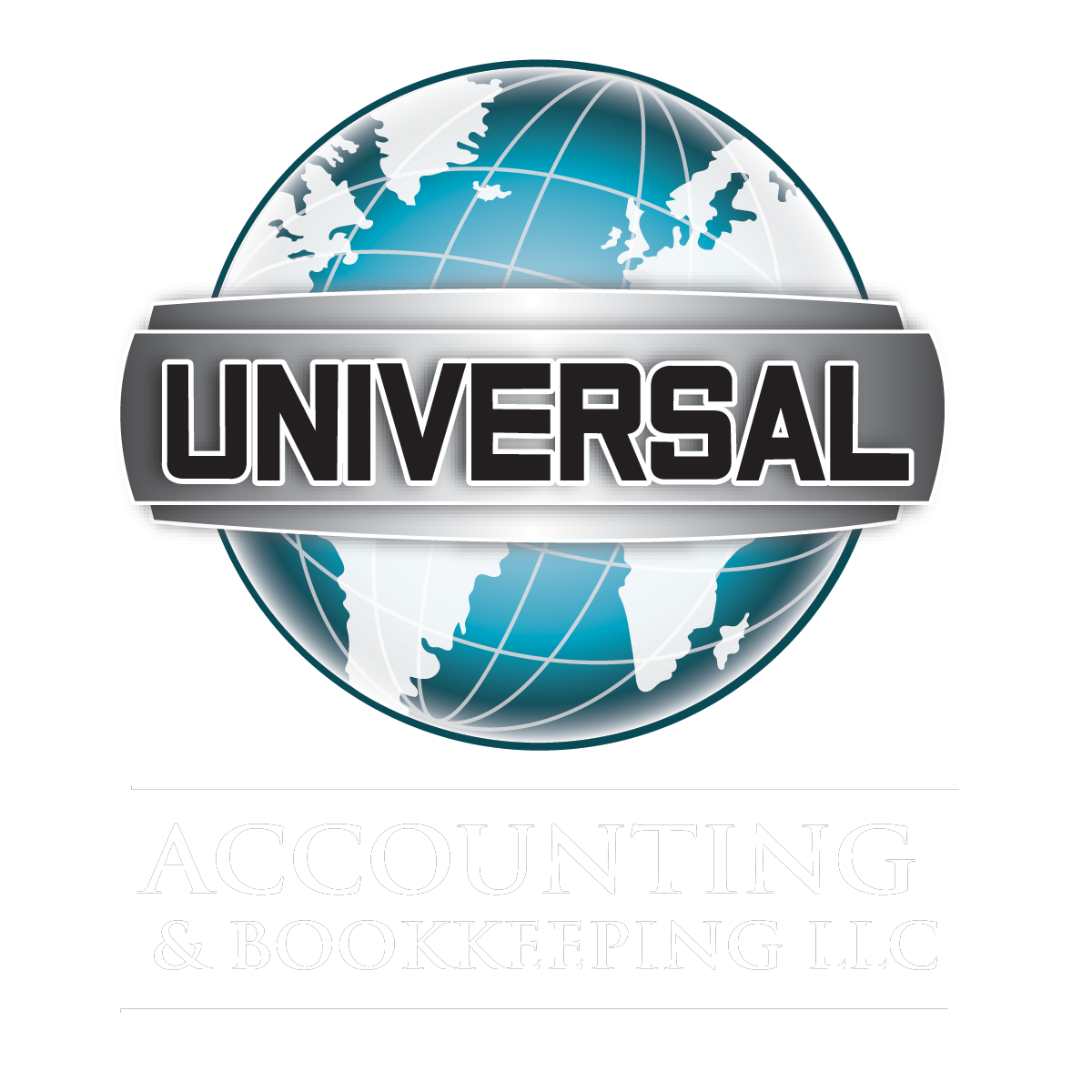
Running a business means keeping a close eye on your numbers, and one of the most important tools to understand is break-even analysis. Whether you’re launching a startup or managing an established business, knowing your break-even point helps you make smarter financial decisions and sets you on the path to profitability.
Let’s break it down into simple terms and show you why this tool is essential for your success.
What Is Break-Even Analysis?
Break-even analysis answers a straightforward question: How much do you need to sell to cover your costs? At this point, your total revenue equals your total expenses—meaning you’re not making a profit, but you’re also not losing money.
By calculating this point, you can better understand your pricing, costs, and sales targets. It’s a powerful way to plan your business strategy and avoid financial surprises.
Breaking It Down
To calculate your break-even point, you need to know two key things:
1. Fixed Costs: These are expenses that don’t change no matter how much you sell. Examples include rent, salaries, and insurance.
2. Variable Costs: These are costs that change based on how much you sell, such as materials, production, or shipping.
The formula for break-even is simple:
Break-Even Point = Fixed Costs ÷ (Price per Unit Variable Cost per Unit)
The result tells you how many units you need to sell to cover all your costs.
Why It’s Important
Understanding your break-even point isn’t just about knowing when you’ll stop losing money—it’s about making informed decisions. For example:
A Simple Example
Let’s say you run a small coffee shop. Your fixed costs, like rent and utilities, are $5,000 a month. Each cup of coffee sells for $5, and it costs $2 to make.
Your break-even calculation would look like this:
$5,000 ÷ ($5 $2) = 1,667 cups
This means you need to sell 1,667 cups of coffee each month to cover all your costs. Any sales beyond this point contribute to your profit.
Break-even analysis is more than just a math exercise—it’s a roadmap to profitability. By understanding where your business stands financially, you can set realistic goals, make smarter decisions, and grow with confidence.
For accountants, helping clients navigate their break-even point is a valuable way to show the numbers behind their success. It’s not just about staying afloat; it’s about charting the course for growth and profitability.
